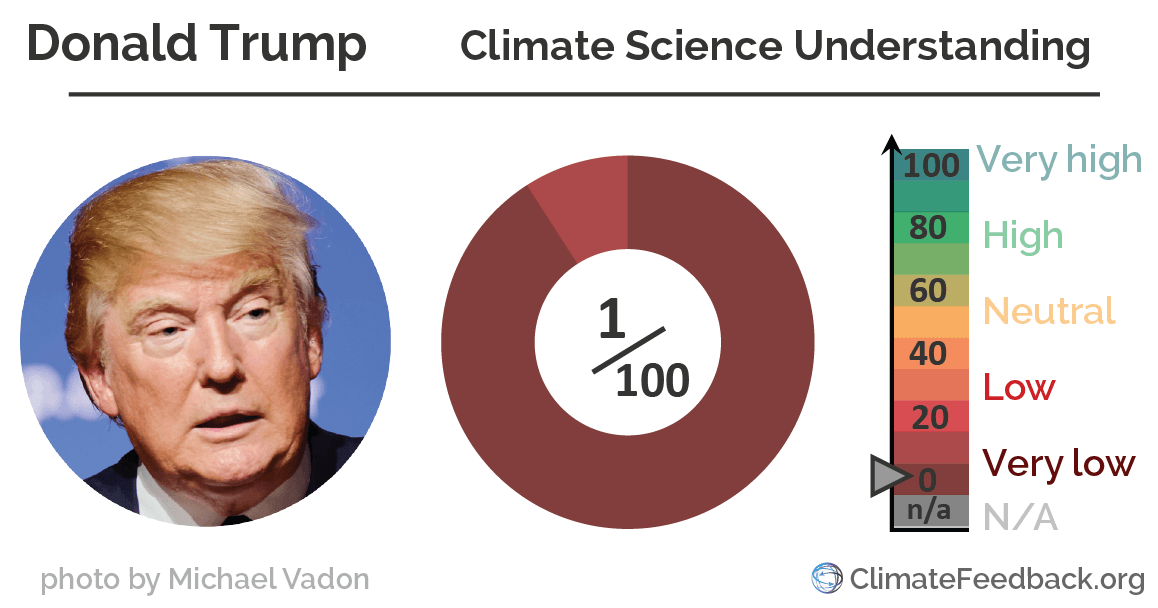 I've talked about how Providence's local inter-city transportation is terrible.
I've talked about how Providence's local inter-city transportation is terrible.
Today, Transport Providence points out it's no better at helping Providence residents get around by bike:
Mayor Jorge Elorza bikes to work everyday, and takes part in frequent night rides with community members. By all accounts the mayor is supportive of bicycling. However, Providence has made next to no progress on bike infrastructure during the two years the mayor has been in office. This needs to change. [...]Bike infrastructure - like protected bike lanes and bike racks - and makes for a more vibrant community. People can get around while exercising, smelling the fresh air, and seeing each other, rather than stuck inside expensive, noisy, polluting cars that take up tons of space through roads and parking.
Where is the bike infrastructure, Mayor Elorza? We cannot expect mass cycling to take root in Rhode Island without our core cities establishing bike routes that are suitable for eight year olds, eighty year olds, and everyone in between. If we’re going to provide routes that are safe for people in wheelchairs and rascals, we need bike routes, like what the Dutch and Danish have. Doing this can help us make more efficient use of our school bus funding, our sidewalk funding, our parking, and improve business outcomes for small business.
It's also smart economic policy. One study showed every dollar invested in separated bike lanes returns $24 in avoided pollution, health care costs, and traffic, according to Adele Peters at Fast Company's Co.Exist. Another study showed investment in bike infrastructure returns a huge payoff compared to car infrastructure in longer lives, lower health care costs, less spending on gas, and just plain cheaper infrastructure.
If Providence, or any other aging city, is going to thrive in the 21st century, it needs to be more than just a commuter destination, or a highway pass-through for people traveling from Boston to New York. It needs to be a great place for people - not just for cars.


